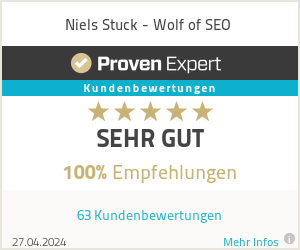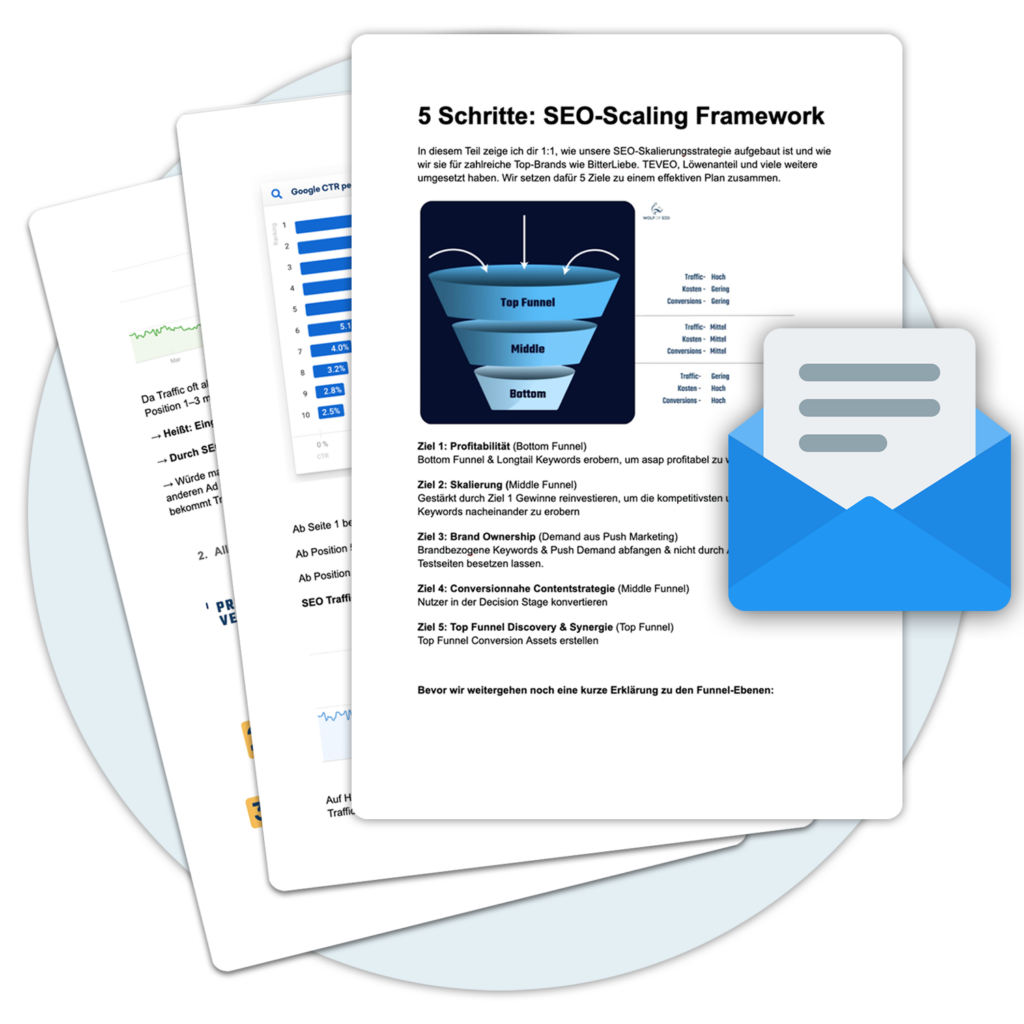Definition
A Content Repository is a system that can be used to structure, manage and publish content. It serves as a kind of "storage location" for digital content that can be managed and organized using a range of tools. Content Repositories enable organizations to find, manage and publish content.
Advantages of a content repository
Content Repositories offer a number of advantages. For one, organizations can easily find and manage content by using the repository's search functions. Secondly, they can easily distribute specific content to a specific audience, as repositories have an integrated publishing function that allows content to be published in different formats and on different platforms.
Disadvantages of a content repository
A major disadvantage of content repositories is that setting up and managing such a system can be relatively laborious. It also requires a certain level of technical knowledge to understand and operate the tools needed. In addition, the cost of a Content repository be quite high, depending on the system and functions you need.
Use cases
Content repositories are commonly used in enterprises to organize and publish content. They are also used in schools and universities to manage and publish digital content. In addition, content repositories can also be used by individuals to manage and publish their digital content.
Examples
An example of a Content repository is the Enterprise Content Management System (ECMS). This system offers a range of tools with which content can be organized, published and shared. Another example of a Content repository is the open source Content Management System (CMS). This system provides a set of tools that allow easy and fast content management, publishing and sharing.
10 use cases of content repositories:
- Content repositories can be used to provide digital content for websites, blogs, E-commerce-platforms and other online platforms.
- Content repositories can be used to store and manage digital content for social networks such as Facebook, Instagram, and Twitter.
- Content repositories can be used to store and manage digital content for marketing campaigns such as emails, ads, and landing pages.
- Content repositories can be used to store and manage digital content for presentations and documentation.
- Content repositories can be used to store and manage digital content for online courses and learning platforms.
- Content repositories can be used to store and manage digital content for online portfolios and service specifications.
- Content repositories can be used to store and manage digital content for online magazines and newspapers.
- Content repositories can be used to provide digital content for E-Books and other digital publications.
- Content repositories can be used to store and manage digital content for archiving and accessing historical documents and collections.
- Content repositories can be used to store and manage digital content for other applications and purposes, such as the arts or music industries.
Conclusion
Content repositories are a great way to organize and publish content. They allow organizations to easily find and manage content and can also be used to publish content to a specific audience. However, content repositories can be complex to install and manage and can also be quite costly.
« Back to Glossary Index







